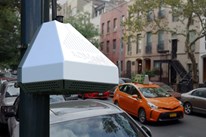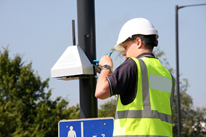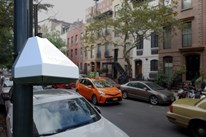The small sensor air quality monitoring world has moved on during the last three years and we have identified several new challenges and benefits relating to the continual development of air quality monitoring technology.
Smart cities
Many urban areas are using a range of Internet of Things (IoT) devices to collect data that can be used to help manage resources efficiently. These ‘smart cities’ are often incorporating environmental sensor technology into their networks to better understand air pollution and its impact on the people living and working in the city.
Cities and towns typically have one or two traditional monitoring stations, meaning many neighbourhoods do not have access to regular, localised air quality information that they are increasingly requiring. Creating a complementary network of smaller monitors to improve the spatial resolution of air quality data is therefore growing fast in popularity, as it provides measurements on which decisions can be made.
How does AQMesh meet these requirements?
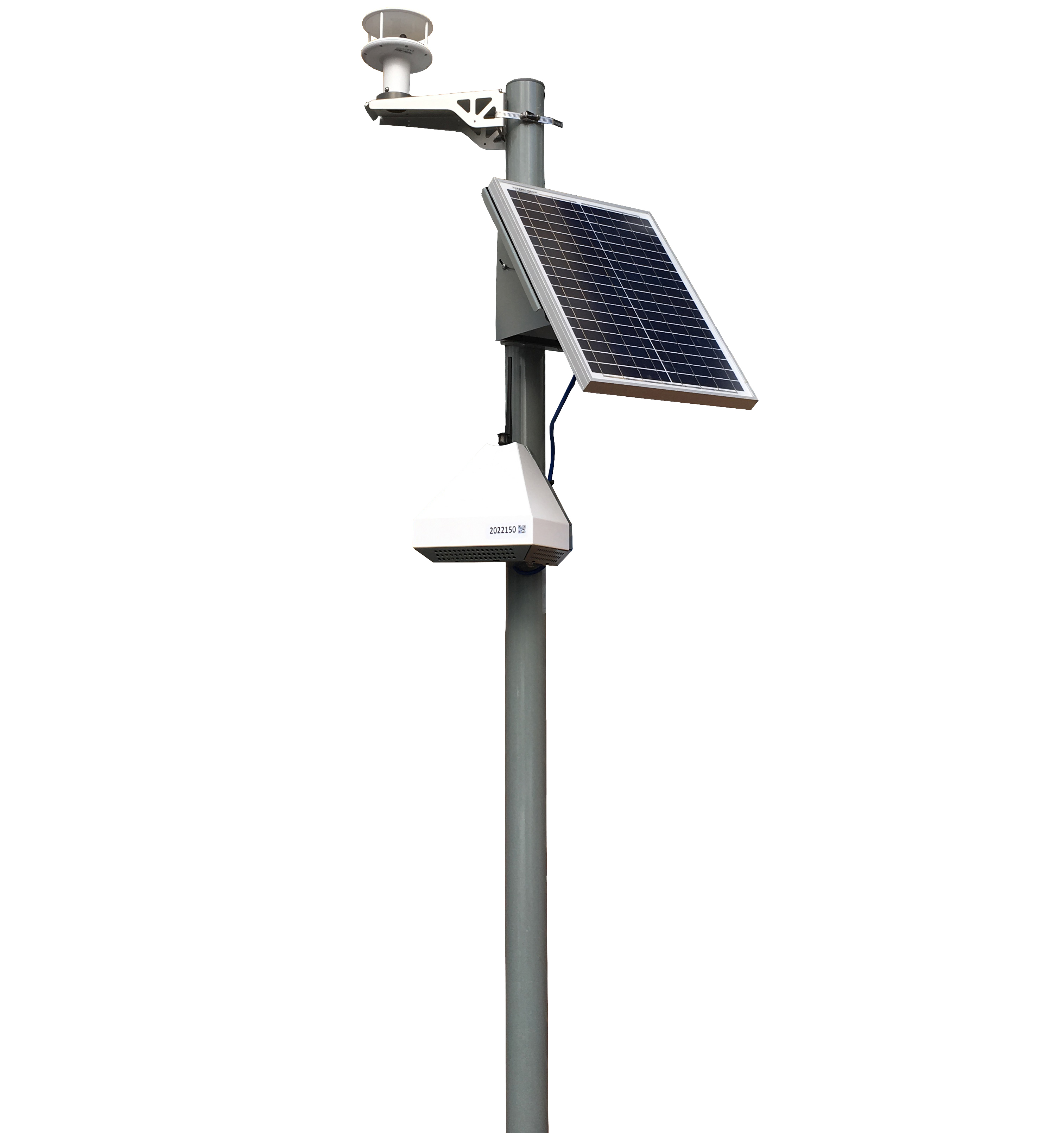
AQMesh is a flexible, compact, lightweight and fit-for-purpose solution for a full range of urban air quality measurements. Users can choose up to 5 gases out of NO, NO2, O3, CO, SO2 and H2S, as well as an additional CO2 sensor, and an optical particle counter for PM1, PM2.5 and PM10. There are options for a noise sensor and wind speed and direction sensor, too. AQMesh pods also measure pod temperature, atmospheric pressure and relative humidity as standard. All of these are available in one single, small, neat package with wireless communications and flexible power options.
Urban air pollution is typically a variety of pollutants mixing at different rates depending on their source and local weather conditions. Many small air quality sensors are often limited by the impact of these fluctuating temperatures and levels of humidity, but AQMesh has been carefully developed to withstand and compensate for the effects of complex environmental conditions.
During this development, AQMesh was used in an academic study to demonstrate how increasing the number of measurement points across a city improves the spatial resolution of urban air quality monitoring. 20 AQMesh pods were deployed across Cambridge (UK) after being initially co-located against reference to ensure all pod were reading the same. They were then installed at key locations throughout the city to understand how air quality varied across different locations, particularly due to key transport corridors.
Who is using AQMesh?
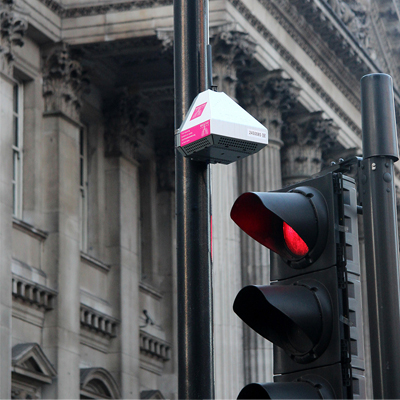
AQMesh forms part of Breathe London, the sophisticated network of air quality monitors deployed across the city to investigate and improve London’s toxic air. 100 AQMesh pods are currently providing air quality readings for Breathe London’s real-time map of pollution levels.
In Minneapolis, Minnesota Pollution Control Agency (MPCA) has deployed 50 AQMesh pods across 50 zip code areas in order improve understanding of the small-scale differences in air pollution within urban areas. Similarly in Newcastle, 55 AQMesh pods form part of a network of over 600 sensors managed by the UK’s first Urban Observatory, which aims to provide Newcastle’s citizens with a digital view of how cities work.
AQMesh is active all over the world in a variety of projects. In addition to urban air quality monitoring and smart city networking, AQMesh applications include construction, mining, volcanic emissions, tunnel ventilation management, indoor air quality, HVAC management, traffic hot spots, shipping ports, airports and a number of academic research projects.
Smart cities case studies
Need more information? For the best air quality monitoring system and outstanding customer support Get in touch

